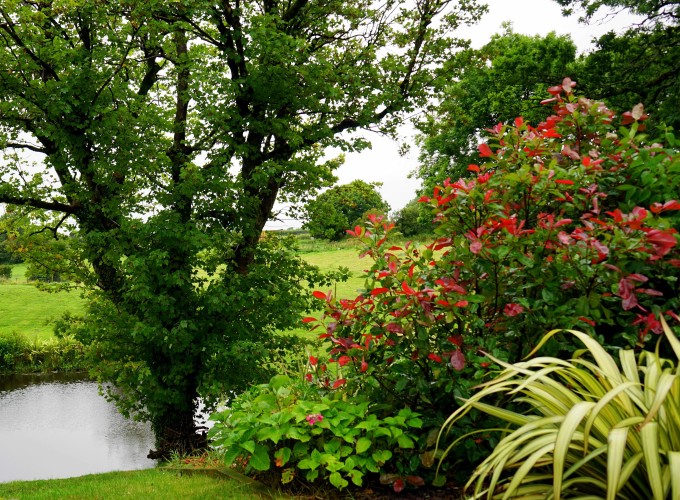 Image credit: Mike from Pexels
Image credit: Mike from Pexels
Linking yard plant diversity to homeowners’ landscaping priorities across the U.S
 Image credit: Mike from Pexels
Image credit: Mike from Pexels
Linking yard plant diversity to homeowners’ landscaping priorities across the U.S
Abstract
Residential yards contribute to human well-being and urban biodiversity. The structure, diversity, and composition of yard floras are largely determined by personal choices and landscaping priorities at local scales, but it is unclear whether these relationships hold across broader geographical areas. We investigated the relationship between homeowners’ criteria for vegetation and yard management choices, ecosystem-service based traits, and yard plant diversity (i.e., taxonomic, phylogenetic and functional) in 145 yards distributed across 6 major cities in the U.S. Individual priorities for a set of ecosystem services were collected with closed-ended questions and reduced into four main principal components using factor analyses: natural, neat, showy and low cost. Across cities, priorities for neat yards were negatively related to overall and spontaneous species richness. Priorities for showy yards were positively related to yard aesthetics (based on showiness of flowers, fruits and leaves for component plants) and spontaneous species richness. Homeowners that preferred low-cost yards had a significantly higher proportion of exotics, and yards with significantly lower functional diversity (i.e., a composite measure for plant height, seed mass, and specific leaf area). The proportion of natives was not related to homeowners’ priorities for natural yards and phylogenetic diversity was only weakly and negatively related to priorities for showy yards. Our study corroborates previous research showing that homeowners’ landscaping priorities are only partially related to their yard vegetation at the continental scale. The disconnection might be attributed to broader institutional, structural, and ecological constraints that prevent people’s personal ideals and priorities from being realized